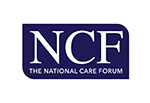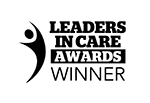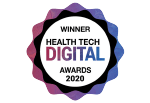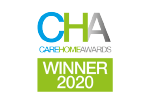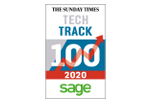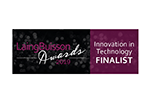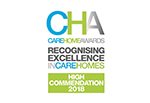What are the most pressing issues facing the care industry today and in the future? Our thoughts on some of the biggest talking points!
Like many industries, the social care industry is one that is moving into an age of more automation, more regulation, closer scrutiny and evaluation in order to ensure the best possible outcomes for those living in care homes. With changing requirements and ever evolving best practices, what are the key issues and talking points facing the care industry today?
The CQC’s new single assessment framework
Despite the fact that the coming of the CQC’s new single assessment framework is only a matter of months away, there seems to be a sizable contingent of the care industry that doesn’t really know what it means for their business and are unsure of what steps they need to take and what they need to do in order to prepare for these changes.
The big question is why are the CQC changing their strategy? The idea is that by moving to the single assessment framework, they want to keep delivering on their purpose and want to deliver that strategy effectively and there is a recognition that they need to change the way they work. There is an understanding from the CQC that the regulations are complex, and the single assessment framework is designed to simplify the process and make it more efficient.
There will be a lot of changes, but the main message is that none of the changes will be so drastic or so daunting that they can’t be accommodated in a relatively short space of time. The main changes that are coming will be the single assessment framework which will be drawn from categories for evidence based on the quality in all types of services at all levels. Some of the categories include people’s experiences, feedback from staff and leaders, feedback from partners, outcomes and more.
These changes may seem intimidating for care homes, but products like those available with Person Centred Software not only give staff the tools they need to deliver outstanding care outcomes, but it makes it easier to evidence this care to a standard of detail and accuracy never possible before.
The responsible use of AI will play a big role in the digital transformation of care
One of the biggest, if not the biggest, talking points in the industry today is that the digital transformation is accelerating exponentially, and the question at hand is how can care home businesses ensure they are fully harnessing and leveraging this new technology today, and how can they make sure to stay ahead of change as it comes? As digital products continue to enhance the provision of care, the use of AI in a responsible way will only continue.
The use of AI in the care industry, like that used by Person Centred Software partner Painchek, will enable care providers to marshal information and data in order to support the personal side of care by reducing some of the most time consuming aspects of care, such as the time it takes to organise and process paperwork to build personalised care plans. But the use of AI comes with the potential risks of too much automation, which in turn poses the issue of a potential detachment of the human element of care. There is no question that AI will play a big part in the future of care home technology, but finding the right balance is key.
A care home’s reputation matters now more than ever
There are so many businesses around the world in so many industries that rely on Google and other search engines to provide positive feedback that potential customers can use, and the care industry is no different, as they are being used to decide what care home people select for their loved ones. Such a profoundly important decision requires a huge amount of assurance that the quality of care provided by staff is of the highest possible order, and while it is obviously most important to ensure that this is happening within the home, it is also vital to ensure that a care home’s reputation reflects this.
Given the fact that 90% of care consumers use online reviews to identify potential providers means that thought must be given to how a care home presents itself to a potential customer base – but this has to start with providing the best possible care and assuring outstanding quality of life for its residents. Going forward, as the search process for potential customers only becomes more digital, having a reputational strategy for all care homes, whether small or large, will be hugely significant.
Finding the right balance between the human touch and technology is key
There is no doubt that technological advancement is making possible things in the care industry that couldn’t have been possible with older, more traditional paper-based systems of operation, but a consensus of using technology to compliment the human element, rather than replacing it, is growing.
Rather than replacing the human element of care, technology is best served when augmenting and enhancing it, giving time and space for busy care staff to not have to worry about the more mundane tasks and focus on the more emotional and personal side of care.
As with any technology, there can be a potential negative consequence of over-reliance leading to less person-centred care, rather than more, because automation, in this instance, leads to impersonal notes that don’t actually say much. But maintaining the human touch of care, making sure to keep note of the little things, has proven to be the difference when it comes to individualised care, and remembering that will be hugely important as we adapt to more and more technology being applied in the industry.
The importance of integration
One issue currently being discussed again and again is that with all the different systems on offer, a lack of integration between them, or a lack of companies offering an all-in-one solution, actually makes the process of providing care more difficult and time consuming, when in fact it should be having the opposite effect.
The core elements of the way in which technology can improve care provision are safety, efficiency and time. Without an integrated system, such as a line of communication between a care home and the pharmacy they work with, or a line of communication between a care home and the GP they work with, or even between care staff who work long and hard hours and might struggle to adequately record care notes between handover shifts, integration is the way that technology can bring all of the disparate needs of care homes together under one roof.
This is what makes Person Centred Software’s Connected Care Platform so special – it brings together all the various areas of care provision into one easy-to-use platform. It ensures full integration and transparency to ensure that all three core elements of care provision, safety, efficiency and time, are not only met but exceeded dramatically.

Person Centred Software always strive to stay ahead of the latest developments with our industry-leading Connected Care Platform and always strive to understand the issues facing the care industry so we can help our customer's face the challenges of today and the future.
For more information on the Connected Care Platform, click the button below!




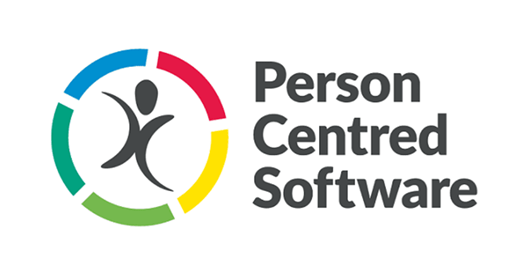


.webp?width=80&height=80&name=HTD%20Awards%202023%20Badge%20(4).webp)




